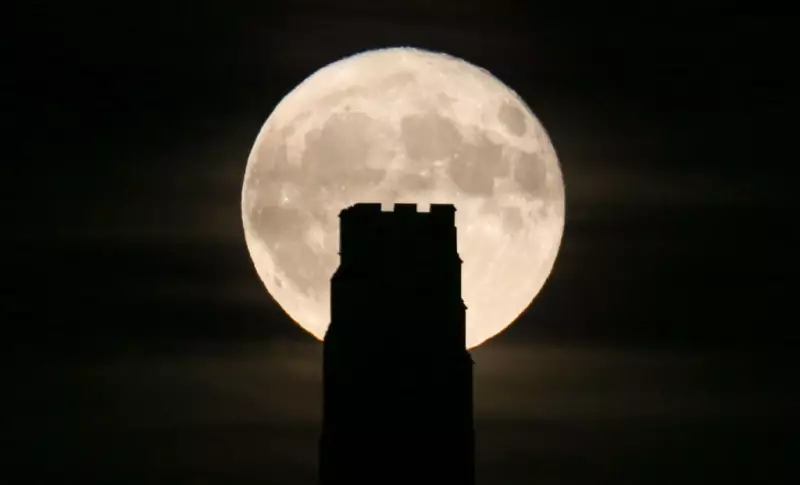
Stargazers across Britain are in for a celestial treat this week as the magnificent Beaver Moon supermoon graces our night skies, offering a breathtaking astronomical spectacle visible from every corner of the UK.
When to Catch Nature's Grand Performance
The cosmic show reaches its peak on Wednesday, November 5th, 2025, when the moon will appear at its fullest and most brilliant. However, the supermoon will remain visibly larger and brighter than usual throughout Tuesday and Thursday evenings, giving multiple opportunities for moon-watchers to enjoy the display.
What Makes This Moon So Special?
This isn't just any ordinary full moon - it's a genuine supermoon, occurring when our lunar neighbour makes its closest approach to Earth in its elliptical orbit. During this period, the moon can appear up to 14% larger and 30% brighter than when it's at its farthest point, creating a truly mesmerising sight.
The name 'Beaver Moon' originates from Native American traditions, marking the time when beavers become particularly active building their winter dams before waterways freeze over.
Expert Tips for the Perfect Viewing Experience
- Timing is everything: For the most dramatic views, look east as the moon rises in the evening, when it appears largest due to the 'moon illusion' effect against the horizon
- Location matters: While visible from anywhere with clear skies, escaping city light pollution will dramatically improve your viewing experience
- No equipment needed: This celestial spectacle requires no telescopes or binoculars - though they will enhance the craters and lunar seas visible on the surface
- Photography pro-tip: Use a tripod and longer exposure settings to capture the moon's stunning detail against the night sky
Weather Watch and Alternative Viewing
Current meteorological predictions suggest generally favourable viewing conditions across much of the UK, though some cloud cover may affect parts of Scotland and Northern Ireland. Don't despair if clouds obscure your view - the supermoon will remain impressive throughout the week, and several astronomy societies are hosting live streams for those affected by poor weather.
This Beaver Moon represents one of the final supermoons of 2025, making it an unmissable opportunity for both seasoned astronomers and casual sky-watchers alike to witness one of nature's most reliable yet always awe-inspiring performances.





